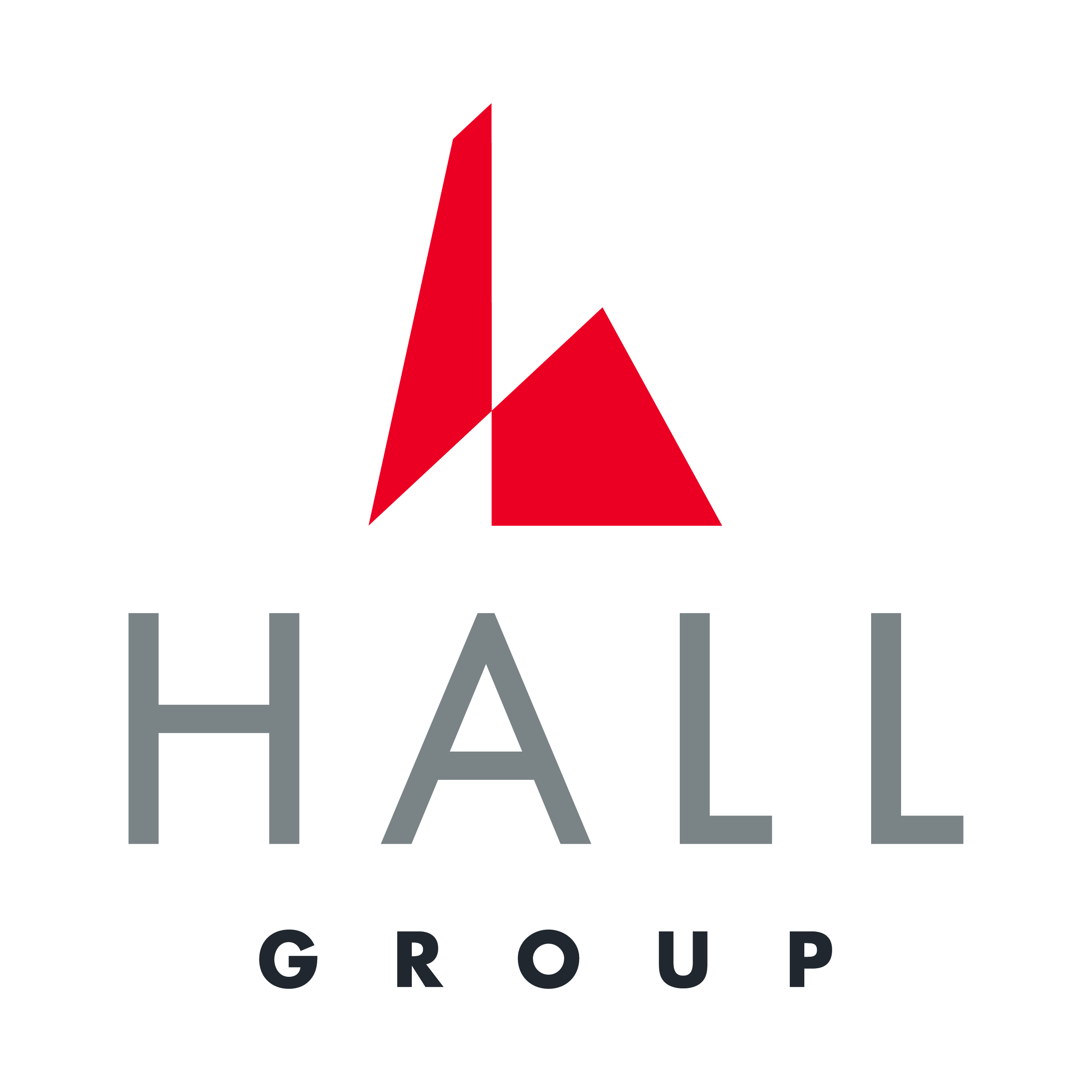Q&A: Checking The Pulse Of The Q2 Hotel Financing Market

For business and pleasure, more Americans are hitting the road than ever. All told, 80.2 million Americans took a trip in 2016, nearly one-quarter of the country. Research group Airlines for America predicts that a record number of people, 151 million, will fly between March and April. The increase in activity has led to a building boom in hospitality real estate. But oversupply in some of the country’s top markets, along with rising construction costs and limited financing, could have an impact on hospitality growth.
Bisnow sat down with HALL Structured Finance President Mike Jaynes to discuss his outlook on the remainder of the 2018 hospitality market.
Bisnow: How did the hotel industry perform in 2017?
Jaynes: Houston saw the largest spike in RevPAR [revenue per available room], in the double digits. There was only one other market, Orlando, that also saw double-digit growth in RevPAR. Houston was impacted because of Hurricane Harvey and the displacement of residents and the influx of relief workers, while Orlando’s growth was due to an increase in tourism, convention and business travel. Minneapolis saw the biggest drop in RevPAR as it relates to major markets, and that was mainly tied to the new supply of hotels that were developed for the Super Bowl, which following the Super Bowl are struggling to fill all the new supply. Overall, it is a healthy year for U.S. hotels, with demand keeping supply in check and occupancy, ADR [average daily rate] and RevPAR all positive year over year.
Bisnow: How are the top hotel markets performing?
Jaynes: What we are hearing is that three of the top 25 markets will see anywhere from 0% to negative 5% year-over-year growth in RevPAR. That is tied to Houston, Miami and New York, and the main reason has to do with new supply in the market. A lot of supply has come online and that’s the main reason for the top markets declining year over year. On average nationwide, many are forecasting new supply growth of 20% overall this year and next, and mostly concentrated towards upper-midscale and upscale select-service brands. Nationally, RevPAR is anticipated to increase 2.5% year over year.
Bisnow: How has this impacted the financing side of the industry?
Jaynes: There are fewer construction lenders because of the institutional lenders that have pulled back completely or drastically based on the regulations that have been put in place over the past couple of years. Combined with select markets that have quite a bit of new supply in the pipeline, increased construction and labor costs and the fear of a looming recession, this has caused a slowdown. But this has helped to keep the overall supply in check and we are still reaping the benefit of RevPAR growth, year over year. There is still plenty of capital on the debt side for cash-flowing assets. Institutional banks have shifted much of their focus toward financing cash-flowing assets. HALL Structured Finance and other private unregulated lenders are stepping up to help fill the void on the hotel construction financing side.
Bisnow: HALL Structured Finance provides many hotel construction loans. How will the recent steel and aluminum tariffs impact construction lending?
Jaynes: Policy will to some extent increase the cost of construction, which is already steep. It will negatively affect overall construction costs and, coupled with rising labor costs and bank financing constraints, rising costs will either delay or shelve some projects. Making foreign steel more expensive might mean that more companies use U.S. steel, but the question is will those companies have enough supply to keep up with heavy construction demand? It would mean increased pricing and if there is not enough material, it would delay projects and increase costs.
Bisnow: How has technology played a role in hotel success?
Jaynes: Technology plays a large role in shaping the hotels of the future. Everyone started with flat-screen TVs, but now it takes much more to create a positive guest experience. Every new app raises the bar, and hotels are always trying to advance technology to attract new guests. We see it with automatic check-in and checkout, which allows hotels to focus more on the guest experience. Swipe key cards will soon become obsolete and guests will instead use apps on their smartphones to access rooms.
Bisnow: Does it impact lending?
Jaynes: We look at it as a higher amenity package. Every hotel lender has a basis in the hotel that is “X” amount of the cost, and they want the highest quality products for their collateral as possible.
Bisnow: What is the outlook for the hotel industry for the rest of 2018?
Jaynes: The projections for 2018 and even 2019 show a healthy demand environment for the industry. A lot of that has to do with leisure travel, which should continue to drive room demand. Inbound international travel is expected to increase, especially given the weakening U.S. dollar. There was a 3% increase year over year in RevPAR from 2016 to 2017. This is still healthy growth given the increase in supply. In 2018, we foresee that supply will finally meet demand, resulting in a flat occupancy year over year.
To learn more about this Bisnow content partner, click here.

